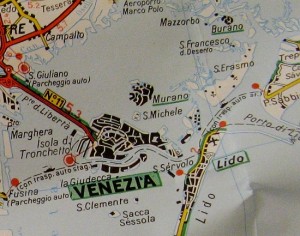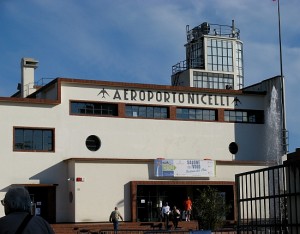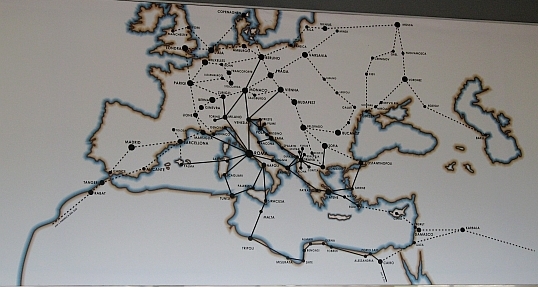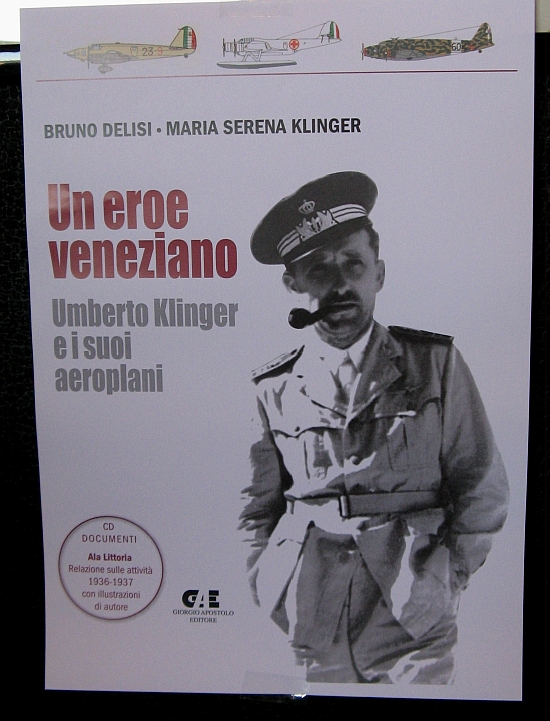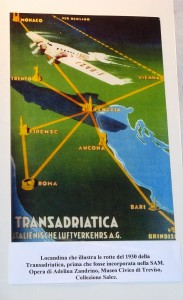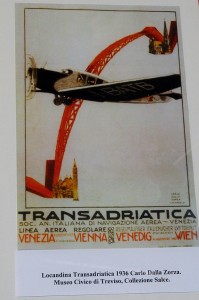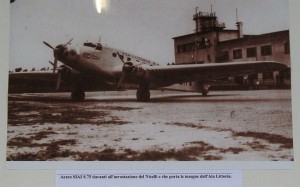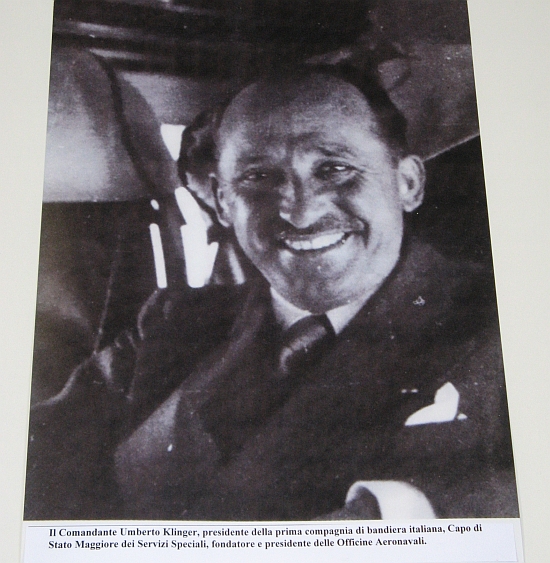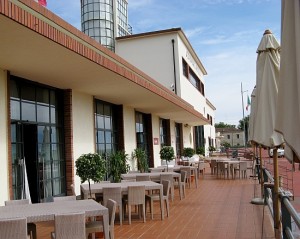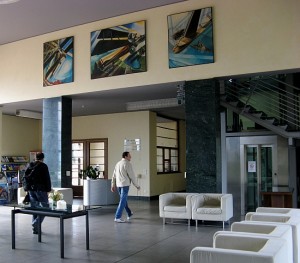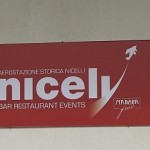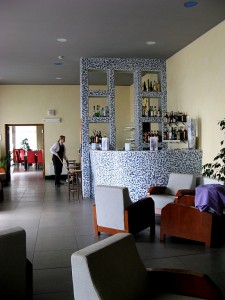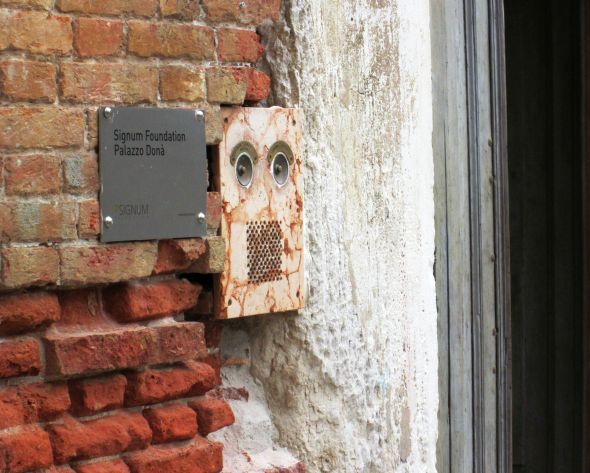
You know what they are — they are those moments when family trees, or shrubs of some personal connection (usually with Lino), spring out of some random event.
A small example: We were walking across Campo San Barnaba the other day and Lino paused to look at one of the everlasting sequence of death notices taped to a convenient column. Because this is his natal neighborhood, of course he wanted to see who it was.
I don’t remember the person’s name — it was a man — but it took Lino only about four seconds to place him. “My older sister Giulia was married to Emilio,” he began. This much I knew — I knew her, though Emilio had gone to glory before I entered the scene. “Emilio had a sister, and this man was one of her sons.”
That would have made him… a cousin-in-law?

But that’s a mere dustmote compared to the story that came up yesterday, when Lino looked at the last page of the paper. That’s where the obituaries are, and sure enough, there was someone he knew. Knew very well, in fact.
It was another Emilio, but don’t let that distract you. He passed away at the age of 91, which means he was 14 years older than Lino. Pointless information, perhaps, but he was Lino’s “master,” for lack of a better word, at the Aeronavali, the company for whom Lino (age 16) went to work at the Nicelli airport on the Lido. (His older brother and twin brother also worked there.) I calculate quickly that at the time Emilio would have been 30 — vastly older, and of course vastly more experienced. Big. Important.
Emilio was given a few apprentices to train, and Lino was one of them. “None of us liked him,” Lino said. “He treated his apprentices like servants.”
Eight years went by, and Lino was 24 years old, and things were going very well for him. Emilio was now 38, and even more experienced and important, of course. Word began to circulate that a squad was going to be organized and sent under contract for four months to Mogadishu, Somalia, to work in the airport and train the Somali mechanics. (Note: In case one wonders “Why Somalia?”, Somalia had lived through three colonial experiences, and one of those periods was Italian.)
As I say, word was wafting around that a big expedition was being formed, and naturally the older workers — Emilio, for one — assumed they would be asked to go. A few of them — Emilio, for one — had even begun preparing and collecting the necessary tools. They were only waiting for the starter’s gun.
But one day Lino was called to the head office. “What have you done this time?” was the general question from his co-workers as they watched him go. “No idea,” was the reply.
When he came out of the office, several lurkers pounced. What was going on?
“He asked if I wanted to go to Somalia,” said Lino.
“What did you say?” said the thunderstrucks.
“I said yes, of course.”
Consternation everywhere, especially among the older group which had assumed they would be The Chosen. Emilio was not chosen. He had to stay behind and watch his still-young ex-apprentice go off in what he had assumed would have been his place, lugging the tools that he (Emilio) had so carefully assembled.
So much for Emilio, may he rest in peace.

There was also “Barba Keki,” the nickname of the head of the group, which roughly translates from the Venetian as “Uncle Frankie.”
“Did you talk this over at home first?” he asked, knowing perfectly well what the answer was. (Lino at the time was a young husband with a several-months’-old son.)
B.K. was concerned, but not because he was jealous. No, it was because B.K. (stay with me here) was the husband of the cousin of Lino’s father-in-law, and if Lino’s wife had protested, B.K. would have found himself in the eye of the cyclone.
Lino merely replied, “They asked if I wanted to go, and I said yes.” Happily, no cyclone touched land.
Today, the flowering of the personal connection shrubbery put out some new blooms.
We had to go the bank to deal with some paperwork, and we went upstairs to see one of the officers, Roberto G.
Lino has known him ever since he (Roberto) was born. This doesn’t surprise me anymore. But he knew Roberto because he had known Roberto’s father, who worked at the Aeronavali when Lino also was working there. He was a carpenter, and his nickname was Pianaura (pee-ah-nah-OO-rah) — “pianaura” in Venetian means “planing.” For you linguists, the Italian word is piallatura. A better rendering would be “wood shaving.”
It’s not over. Lino also knew Roberto’s grandfather, Lello, because he too was working at the Aeronavali. Lello was one of the men who did the heavy lifting, the scut work. One of his tasks was to keep the big tank of drinking water filled, a plain but effective precursor of the water cooler. Lello would pump water into the tank from another tank, then put in a chunk of ice (this was summer, clearly), and then a few drops of anise liqueur, such as Sambuca. There are those who swear that water and Cynar is the best thirst-quencher, but the mechanics at the Aeronavali drank water and anise.
So we went to the bank — I signed some papers and got a family tree. I like it.


